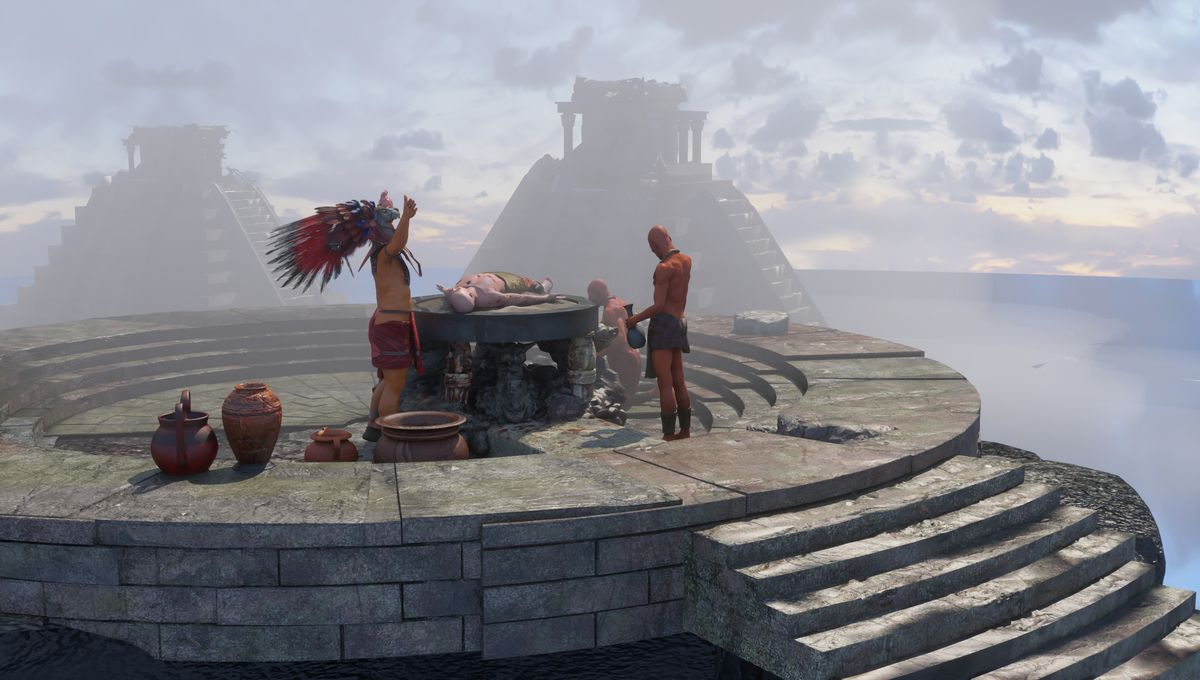
As if the screams of sacrificial victims were not blood-curdling enough, the ancient Aztecs may have used skull-shaped wind instruments to produce spine-chilling shrieks while dispatching their human tributes. Found at archaeological sites throughout Mexico, these so-called “death whistles” have sparked numerous theories and hypotheses, although it’s likely that they were used to honor the wind god and call for favorable weather conditions in exchange for spilt blood.
The death whistle mystery began in the early 1970s, when the first analysis of these terrifying instruments was published by historian José Luis Franco. Presenting several different examples, Franco explained that the majority of these whistles are adorned with images of human skulls, although some take the form of an owl instead. In Aztec lore, both skulls and owls are strongly associated with death, leading to the idea that these whistles were somehow related to the afterlife.
It wasn’t until 1999, however, that a death whistle was finally discovered in an archaeological context that provided clues as to the instrument’s purpose. While excavating a temple in the Aztec city-state of Tlatelolco, researchers came across the decapitated body of a male sacrificial victim clutching a skull-shaped whistle in each hand.
Importantly, the young tribute – who was about 20 years old when he was slain – was found immediately in front of a temple dedicated to the deity Ehecatl, god of the wind and rain. Continuing their excavations, researchers discovered a total of 41 bodies interred at the site, which suggests that the Aztecs had a big favor to ask of Ehecatl and felt the need to offer a large number of mortal souls as payment.
According to archaeologist Salvador Guilliem Arroyo, who first discovered the whistle-holding skeleton, these victims may have been sacrificed to plead for rain during the great famine of 1454. As for the death whistles, it’s possible that these were used to invoke the spirit of Ehecatl by mimicking the wind during the sacrificial ritual.
This idea is strengthened by the sound of the instrument, which can only be described as a cross between a deathly scream and a gale-force howl. To determine how the death whistle produces its unnerving wail, mechanical engineer Roberto Velázquez Cabrera has spent decades analyzing and recreating these sinister relics.
His work has revealed how air blown into the whistle enters a “chaos chamber” with no exit, forcing it to return from whence it came and collide with more incoming air. The resulting vibrations are certainly unsettling, and Velázquez Cabrera says they may even have the power to induce a trance in some listeners.
“If two death whistles are played simultaneously, they can produce infrasonic vibrations that generate altered states of consciousness; psychedelic and hallucinogenic,” he says.
“For example, one large whistle can generate harmful sounds or infrasonic vibration that could have negative health effects, or, conversely, could contribute to the physical and mental health of the listeners,” he continues.
Despite these possibilities, though, Velázquez Cabrera says that “unfortunately, the exact original use and purpose of the death whistle and many other ancient resonators have been lost”. With the exception of the Tlatelolco skeleton, no other burial or offering has ever been discovered confirming the direct relationship between the death whistles and human sacrifices.
Source Link: Aztec "Death Whistle" That Produced Horrifying Shriek Possibly Used During Human Sacrifices